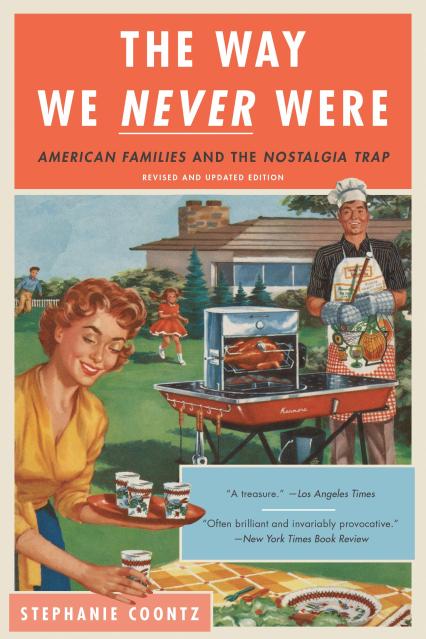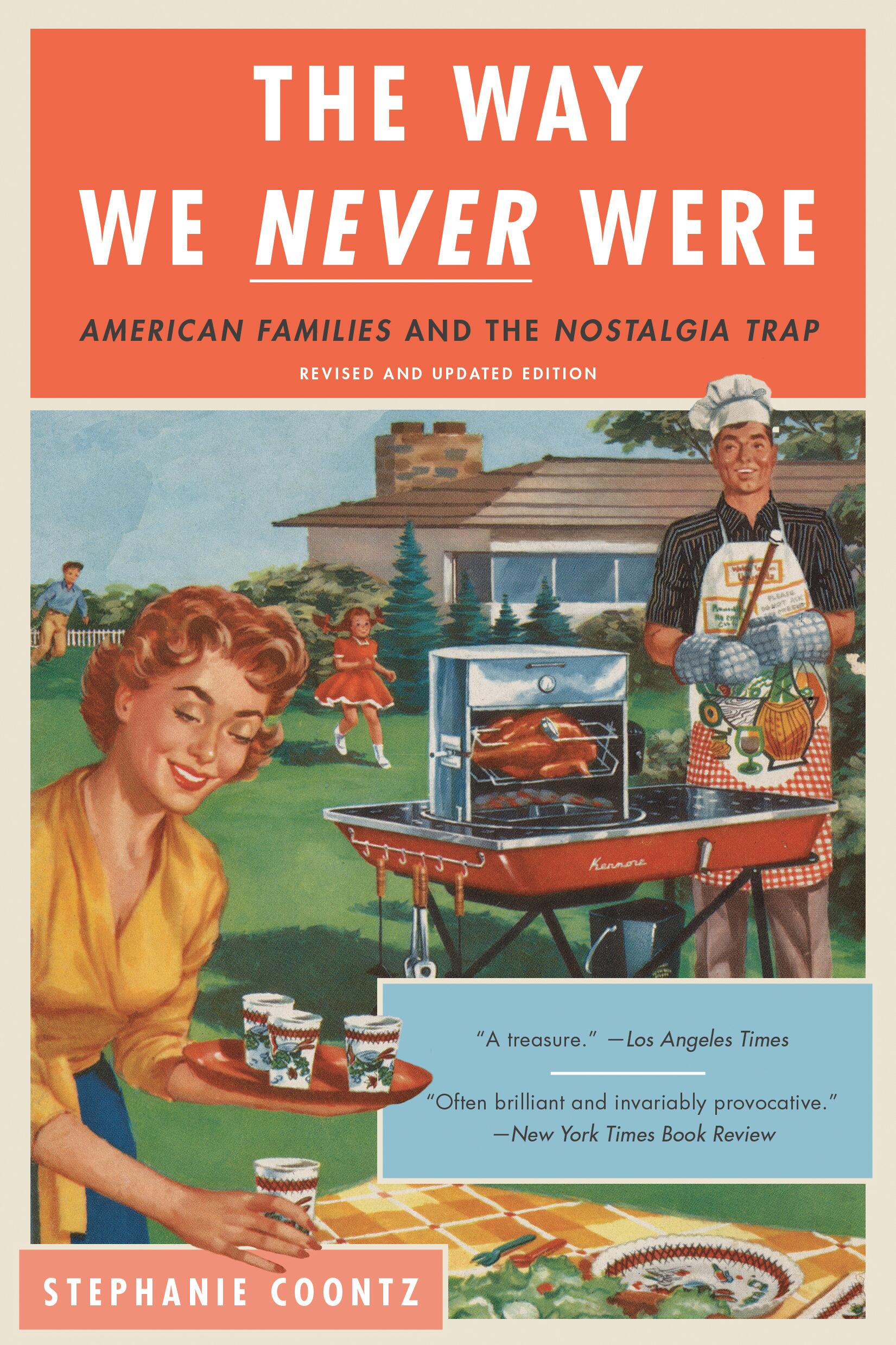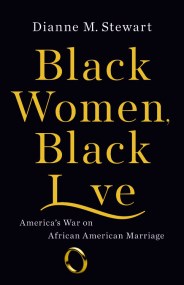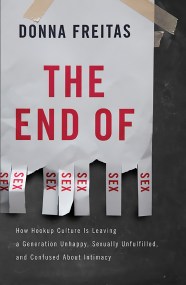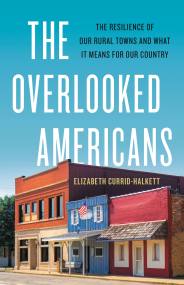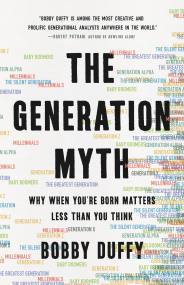Promotion
Use code MOM24 for 20% off site wide + free shipping over $45
The Way We Never Were
American Families and the Nostalgia Trap
Contributors
Formats and Prices
Price
$15.99Price
$20.99 CADFormat
Format:
- ebook $15.99 $20.99 CAD
- Audiobook Download (Unabridged)
- Trade Paperback $22.99 $28.99 CAD
This item is a preorder. Your payment method will be charged immediately, and the product is expected to ship on or around March 29, 2016. This date is subject to change due to shipping delays beyond our control.
Also available from:
More relevant than ever, The Way We Never Were is a potent corrective to dangerous nostalgia for an American tradition that never really existed.
Genre:
- On Sale
- Mar 29, 2016
- Page Count
- 576 pages
- Publisher
- Basic Books
- ISBN-13
- 9780465098842
Newsletter Signup
By clicking ‘Sign Up,’ I acknowledge that I have read and agree to Hachette Book Group’s Privacy Policy and Terms of Use
